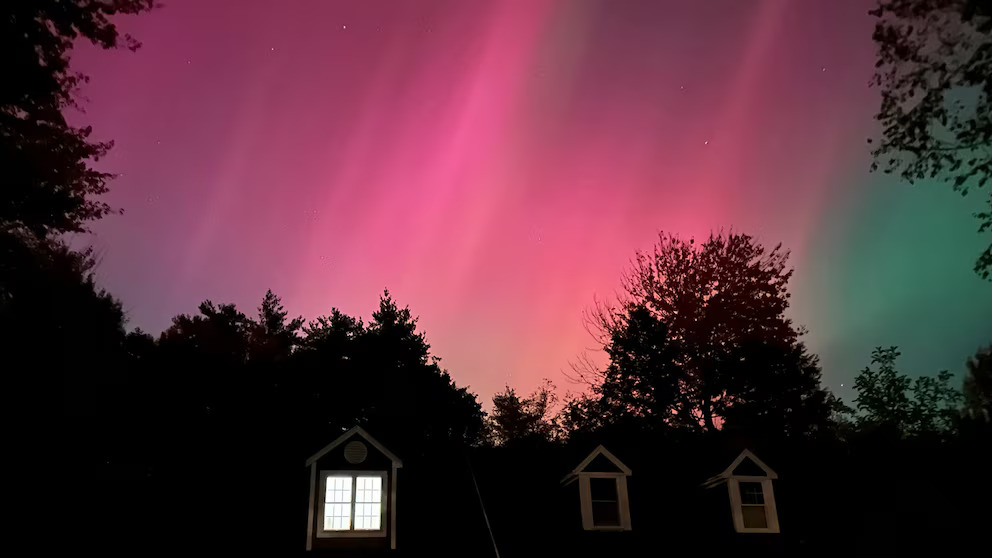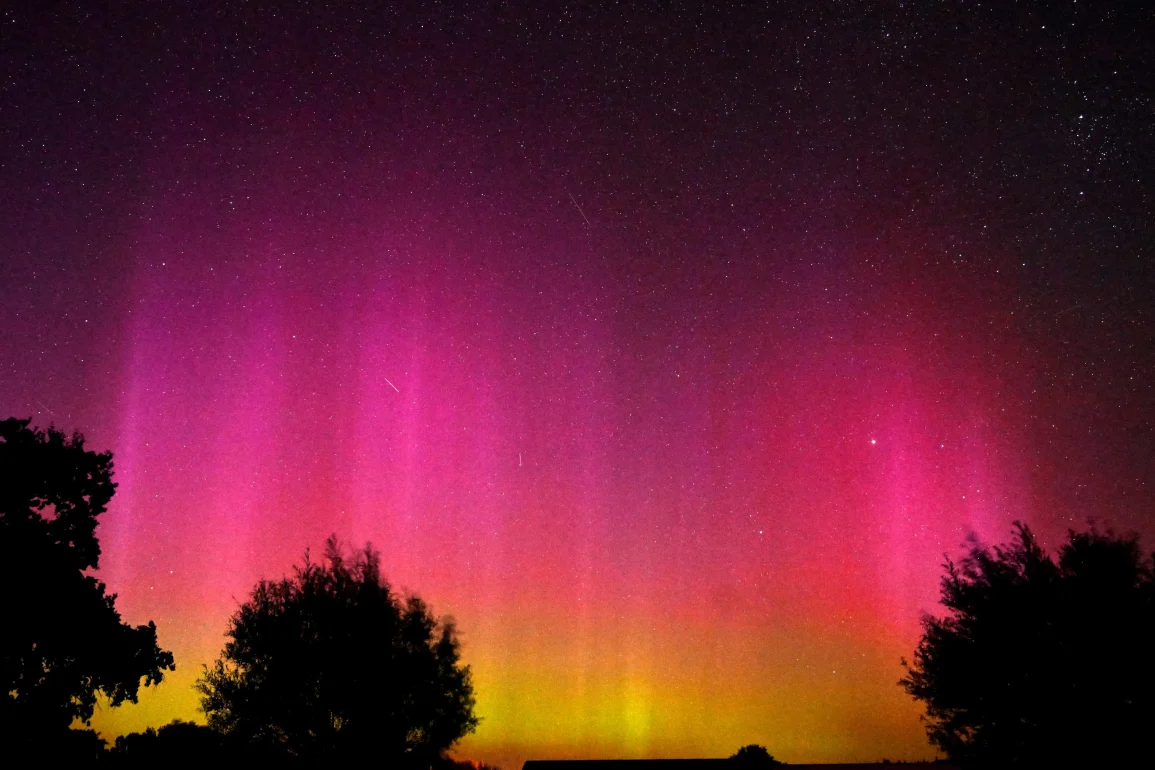In an unusual turn, U.S. residents might be able to witness the northern lights this month, without needing to travel to traditional northern viewing locations like Iceland. The National Oceanic and Atmospheric Administration (NOAA) has forecasted a geomagnetic storm that could light up skies across parts of the United States.
According to NOAA, the storm may create conditions for aurora borealis sightings in early November, particularly around November 7. This development follows a significant solar flare event on November 6, which released solar energy into space, potentially fueling a colorful nighttime display.
The Space Weather Prediction Center at NOAA has shared a model predicting aurora visibility over the next several days. For those interested in spotting the lights, the best viewing times are expected to be between 7-10 p.m. EST (or the equivalent time in other time zones).
Since conditions vary, NOAA encourages anyone interested in catching the aurora to frequently check their forecasting site for real-time updates. With a predicted Kp index of five, the geomagnetic conditions are suitable for a striking light show, though visibility depends on factors such as local weather and sky clarity.
While Alaska remains the top spot for viewing, states like Washington, Montana, Idaho, North Dakota, Minnesota, and Michigan are also in the potential viewing zone. States with slightly lower chances include South Dakota, Wisconsin, and Maine.

This sighting would be rare for many of these locations, and it offers a unique opportunity for those who may have never experienced the northern lights outside of pictures. Local forecasts and NOAA’s updates can provide more precise predictions of where the auroras may appear each night.
For ideal viewing, clear skies are a must, as clouds and fog can hinder visibility. Fortunately, the timing of this geomagnetic event aligns with a favorable moon phase: the moon will only reach full brightness on November 15, so its current dimness won’t overpower the auroras’ glow. Nevertheless, unexpected weather conditions, such as fog or clouds, can still disrupt the view, so skywatchers should plan around local weather forecasts for the best chance of a successful sighting.
Capturing the aurora borealis on camera is achievable with today’s smartphones. Activating “Night Mode” and using a tripod can yield great results even for beginners. Experts from Iceland recommend techniques like locking focus to infinity and avoiding the flash to best capture the lights. Apps like Northern Lights Photo Taker and Slow Shutter for iOS or ProCam X Lite for Android can also improve photo quality, allowing people across the U.S. to document this rare spectacle as it unfolds in the night sky.

